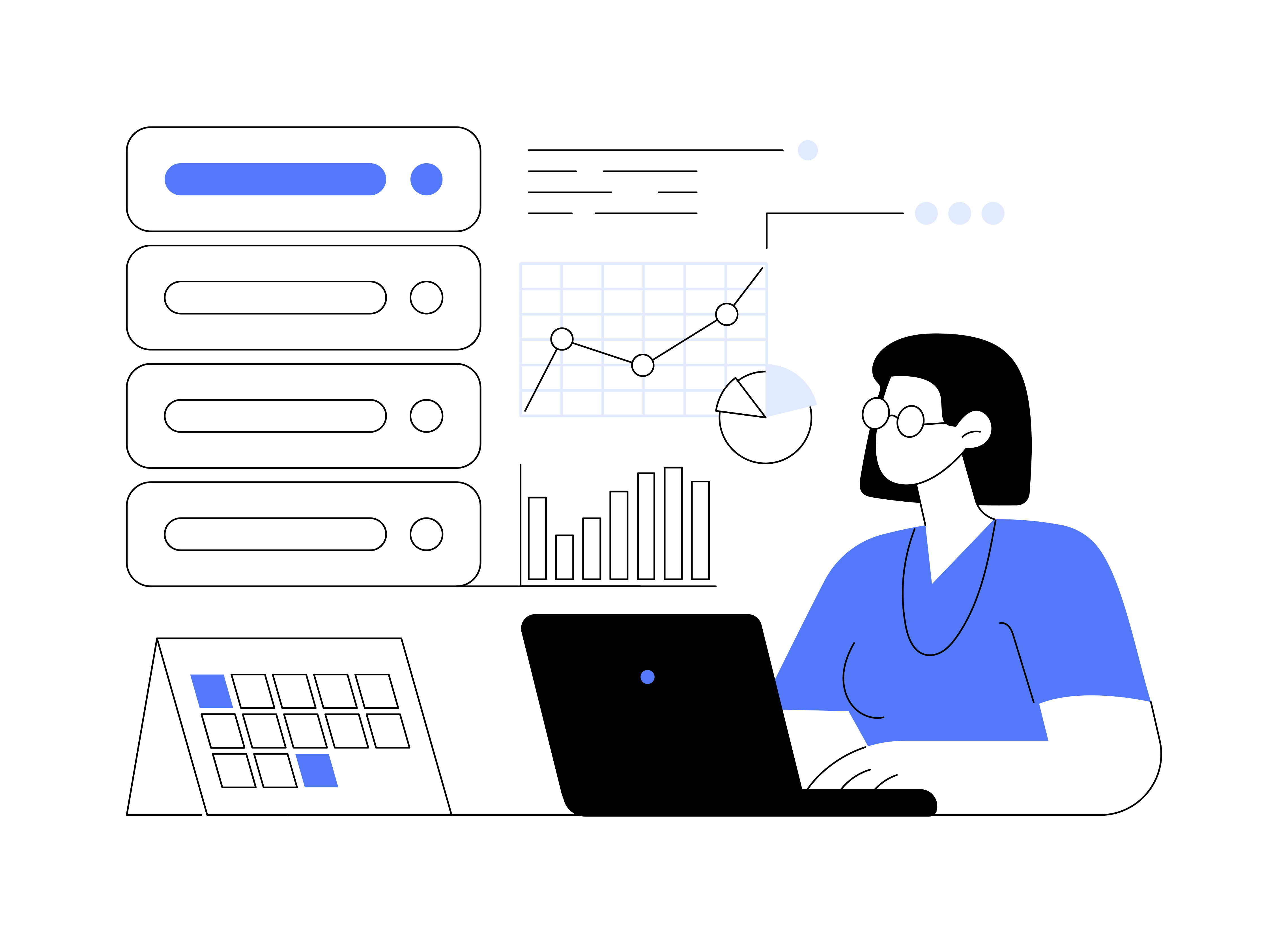While display advertising can be a great way to increase brand awareness, getting clicks on your ad can be a challenge. This is because most display ads are not seen by the right people.
According to thegoodestate.com, only 2.8 percent of consumers said that they find display ads “relevant,” while 33 percent of respondents said that they find them “intolerable.” As such, it should not come as a surprise that the average click-through rate for display ads is just 0.06 percent.
Nevertheless, if you are prepared to put in a little time, you can optimize your display advertising to get better results. And all the information you need to do this is in your analytics data.
Here Are Some Simple Ways To Use Data To Improve Your Digital Advertising Campaigns
-
Ad Placement
It is no secret that platforms such as Google Ads want you to get as many impressions as possible. It is, however, important to remember that they couldn’t care less whether these impressions turn into conversions.
While Google Ads makes setting up display advertising as easy as possible, this does not mean that your ads will appear on the types of websites that attract your potential customers.
Likewise, targeting a specific interest or topic does not automatically mean that your ads will show up in front of the right audience. If you are using Google Ads, you can check where your ads are being displayed by going into your campaign—you may be surprised.
It also pays to check how many impressions, clicks, and conversions your ads generate from these sites. This will help you decide which websites you should be targeting with your display advertising, rather than having Google make the decision for you.
A couple of warning signs to look out for include a lot of impressions but very few clicks on certain websites, and high click bounce rates.
-
Demographics
Taking into account demographics can mean the difference between a successful display ad campaign and an absolute flop. After all, showing your ads to middle-aged men makes little sense if you are targeting women under 30.
Luckily, tools such as Google Analytics can give you a good idea of your target demographic. Specifically, it can show you what demographic segments are engaging with your ads.
Who are most of your conversions coming from? If you are getting the most engagement from men between 25 and 40, you should be targeting the placement of your display ads accordingly.
You can also use analytics to see how your campaign fares on various devices—desktops, tablets, and smartphones. This can help you optimize your digital advertising for those specific devices and raise conversion rates.
-
Keywords
To make the most of contextual targeting, you need to know what words your target demographic uses to talk about your business niche. This, in turn, will let you refine your keywords to get clicks and conversions.
Here it is important to remember that the keywords that may seem relevant to your business may not actually result in Google placing your ads on websites that are relevant to your specific product or service.
Once you have your keywords, it is crucial to see if they are attracting the right audience. This should be easy once your campaign is in place for a certain period of time—say, around three months.
After this period, you should be easily able to see what type of user queries trigger your ads and result in clicks and conversions. Your search term reports are likely to reveal certain frequently-used words or phrases.
To cut a long story short, these are the terms that should be forming the basis of your contextual targeting keyword strategy.
( Also Read: How to Use Google Analytics to Prioritize Marketing Tactics )
Get the Most Out of Your Investment
Digital advertising is not an easy game to play. Frankly, click-through rates for display ads can be nothing short of dismal. Luckily, there is little doubt that using analytics data can help you make the most of your digital advertising campaigns.
Having the relevant data at your fingertips can both lower your advertising budget and provide a great return on investment.
Rather than getting frustrated with the results of your digital advertising (or lack thereof), use your new insights to tweak your existing campaign plans. Above all, use analytics data to learn from your mistakes, try new strategies, and ultimately make and save money.







